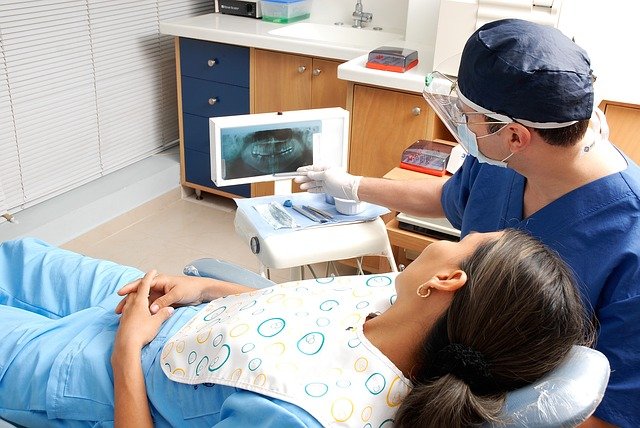An exposed tooth root can be an uncomfortable, inconvenient dental issue. It’s a problem that can occasionally result from receding gums, or from any sort of trauma that causes gum damage. It can also be a sign of gum disease, including severe periodontitis where the gum tissue has regressed significantly. Older adults are at greater risk.
It’s important to recognize the symptoms of an exposed tooth root and the steps you can take to deal with the issue. Dr. Jessica Gibbs is pleased to meet with patients to discuss exposed root problems and your dental health. Here’s what you need to know about how to handle exposed tooth roots in anticipation of a dental appointment.
How to spot an exposed tooth root
The tooth root is the part of the tooth that extends down into the socket of the bone in the jaw. These roots are covered by a hard tissue called cementum. Exposed tooth roots typically occur when that cementum wears away over time with brushing. As the gums recede and the cementum wears down, you may begin to see a little bit of the exposed tooth root.
Symptoms of an exposed root
The symptoms of exposed tooth roots vary depending on what caused the issue to begin with. In some cases, you might be able to see the exposed root without any other accompanying symptoms. In other cases, there are several telltale signs of an exposed tooth root. When symptoms do occur, these are among the most common examples:
- Discoloration: For people who experience exposed roots as a result of tooth decay, you’re likely to notice some discoloration in the tooth. This includes yellowing or browning.
- Gum tenderness: If you have exposed tooth roots, you might start to notice sore gums or feelings of tenderness during brushing, or if you press on them. Gums may even start to bleed during brushing or flossing.
- Appearance: Teeth that have exposed roots might appear to be longer than usual, or than other teeth in the mouth, especially if the gum line is receding.
- General sensitivity: You might experience sensitivity around the affected tooth in circumstances aside from brushing, such as when you’re eating food that’s hot, cold, or particularly sweet, sour or acidic.
What NOT to do if you have root pain
If you’re experiencing root pain caused by an exposed tooth root, don’t delay in taking action. Not tackling the problem only allows it to become worse. Avoid brushing hard on the area, grinding the teeth or other behaviors that could result in a grater level of wear and tear. Avoid chewing gum or hard candies or food items. Most importantly, don’t delay treatment. Pain and discomfort will only persist the longer you avoid dental intervention.
Exposed roots will get worse without care
An exposed tooth root needs immediate action to correct the problem. This means speaking to a dentist and scheduling an appointment for an examination to begin corrective work.
According to the American Academy of Periodontology, certain root coverage procedures can help you protect exposed roots from decay. Gum grafts and the like can also be effective methods of preventing further recession. Your dentist will analyze your mouth and determine if any of these procedures are an effective means of resolving the problem. Other treatment methods for people with exposed roots as a result of gum recession include:
- Crowns: Dental crowns cap the tooth to afford it greater strength and protection. Custom crowns are useful for covering exposed roots.
- Flap surgery: This surgery involves small incisions in the gums to remove buildup of tartar and bacteria, and to cover up exposed roots.
- Gingival masks: If the problem extends to multiple teeth, a gingival mask (a type of removable artificial gum) can cover up receding gums.
Other solutions vary depending on the cause. For teeth grinding, dentists may prescribe a mouthguard to avoid worsening the problem. If misaligned teeth are the problem, corrective action like braces, retainers or aligners can help. Finally, if the issue is gum disease, procedures like dental scaling, root planning and root canals may be useful.
Contact Dr. Gibbs if you have root pain
If you’re experiencing tooth pain and believe it’s associated with an exposed root, it’s important to seek the advice of a trusted dentist. They’ll provide guidance about the types of treatments that are most effective for your situation. If you’re in Glen Ellyn, IL, contact Dr. Thomas Gibbs or Dr. Jessica Gibbs with your questions, and for more information about exposed root treatment options.




